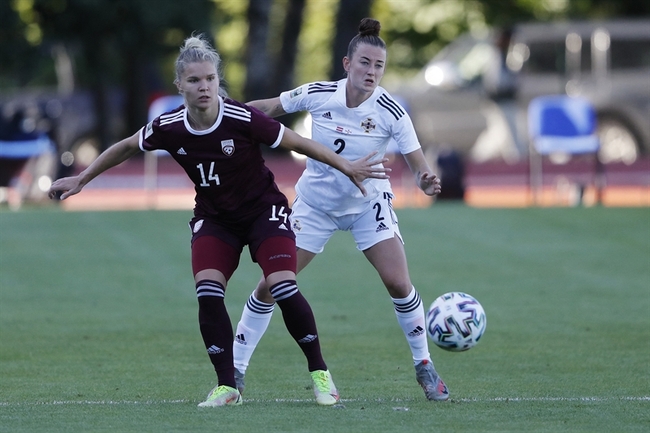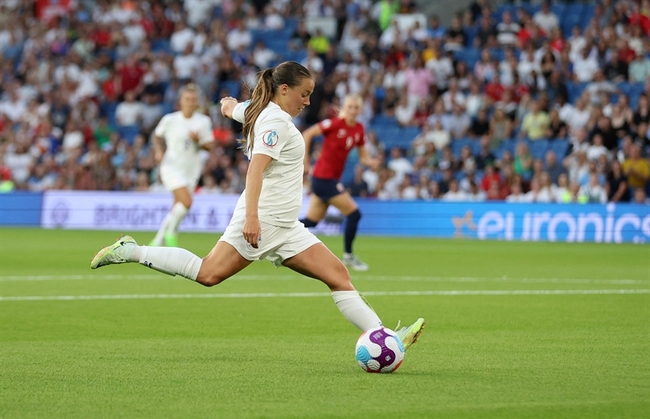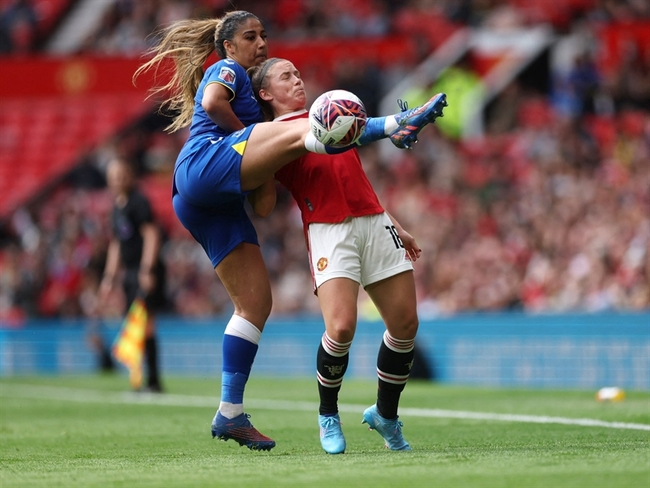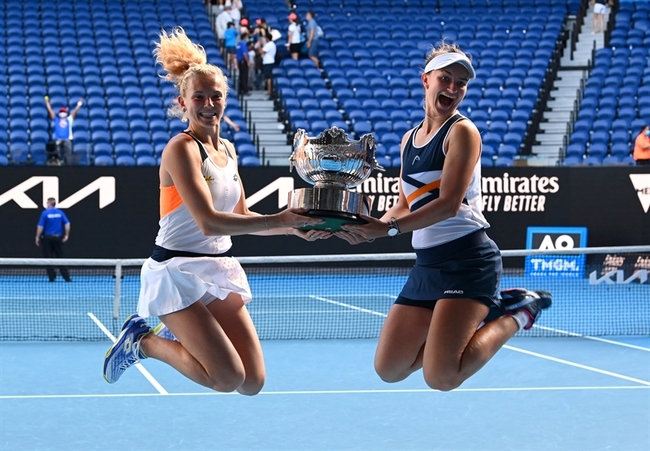Treating concussion symptoms can be a pain in the neck
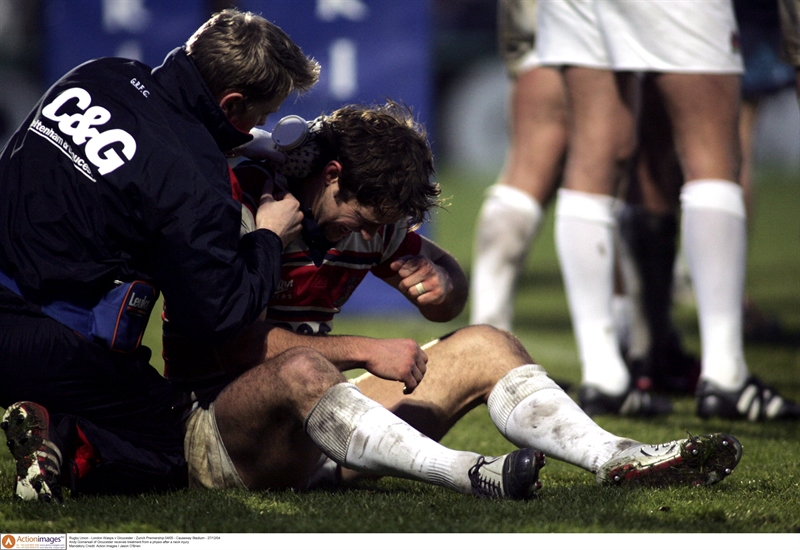
Clinicians often treat injuries to the head and neck as separate entities. However, they are linked just like the the joints along the kinetic chain of the lower extremity. In the same way that the muscles and kinematics of the hip can contribute to a knee injury, so too are the head and neck connected. While concussion is common in sports, a diagnosis of whiplash and its associated disorders (WAD) is usually the result of a motor vehicle accident (MVA).
Signs and symptoms of WAD include pain and limited range of motion in the neck. However, sports clinicians may not realize that weakness, hypersensitivity, hypoesthesia, headache, diminished arousal, dizziness, fatigue, and cognitive deficits can also present with WAD(1). In sport, these symptoms are usually attributed to a concussion.
Like a concussion, symptoms of WAD can persist for six months to five years(1). Despite their link with a blow to the head, long-term memory loss, reasoning, and impaired problem solving can be worse with WAD(1). Recognizing the connection between the head and neck requires acknowledging the overlap in symptomology between the two and understanding that these injuries often occur together.
Teasing out which is the source of the symptoms can be difficult. Imaging findings via MRI can help but are also notorious for discovering “incidental findings” that may have been present before the injury, such as a herniated disc or a cerebral insult(1). Relying on the loss of consciousness or amnesia as an indicator of a suspected concussion isn’t reliable either. Therefore, a thorough neurological and musculoskeletal screening is necessary to uncover clues as to which may be the source of the symptoms so that the athlete can receive the appropriate treatment.
Because deferred treatment for a concussion can delay recovery, sports injury professionals are typically ready to initiate concussion treatment. Most concussive protocols currently recommend allowing simulation and activity within the athlete’s tolerance level. Time is the great healer. Usually the athlete is able to tolerate more activity without symptoms the more time that passes from the date of the injury. Some athletes, though, do not appear to make progress in this regard. In these cases where symptoms aren’t resolving, suspect a WAD injury.
When an athlete suffers a significant blow to their head, their neck plays a role in mitigating the impact(2). The cervical spine and muscles absorb some of the forces, and the proximity of neurological structures means the collision can also affect nerves. Musculoskeletal neck injuries can cause persistent headaches, dizziness, visual impairment, cognitive deficits, and neurological signs. However, if musculoskeletal treatment worsens symptoms, a concussion may be the driving force behind the deficits.
Thus, a more holistic approach to both head and neck injuries in sport is in order. Some tools to consider to help guide effective treatment of this patient population are the Perceived Deficits Questionnaire and the Rivermead Post-Concussion Symptoms Questionnaire. Because of the overlap of symptoms, complex cases may need the assistance of musculoskeletal, neurological, neurobehavioral, and psychological specialists. For instance, an appropriate professional must still address a cognitive impairment, even if athlete is diagnosed with a WAD injury instead of a concussion.
Reference
- JOSPT.2019 Nov;49(11):819
- JOSPT.2019 Nov;49(11):779
You need to be logged in to continue reading.
Please register for limited access or take a 30-day risk-free trial of Sports Injury Bulletin to experience the full benefits of a subscription. TAKE A RISK-FREE TRIAL
TAKE A RISK-FREE TRIAL
Newsletter Sign Up
Subscriber Testimonials
Dr. Alexandra Fandetti-Robin, Back & Body Chiropractic
Elspeth Cowell MSCh DpodM SRCh HCPC reg
William Hunter, Nuffield Health
Newsletter Sign Up
Coaches Testimonials
Dr. Alexandra Fandetti-Robin, Back & Body Chiropractic
Elspeth Cowell MSCh DpodM SRCh HCPC reg
William Hunter, Nuffield Health
Be at the leading edge of sports injury management
Our international team of qualified experts (see above) spend hours poring over scores of technical journals and medical papers that even the most interested professionals don't have time to read.
For 17 years, we've helped hard-working physiotherapists and sports professionals like you, overwhelmed by the vast amount of new research, bring science to their treatment. Sports Injury Bulletin is the ideal resource for practitioners too busy to cull through all the monthly journals to find meaningful and applicable studies.
*includes 3 coaching manuals
Get Inspired
All the latest techniques and approaches
Sports Injury Bulletin brings together a worldwide panel of experts – including physiotherapists, doctors, researchers and sports scientists. Together we deliver everything you need to help your clients avoid – or recover as quickly as possible from – injuries.
We strip away the scientific jargon and deliver you easy-to-follow training exercises, nutrition tips, psychological strategies and recovery programmes and exercises in plain English.



